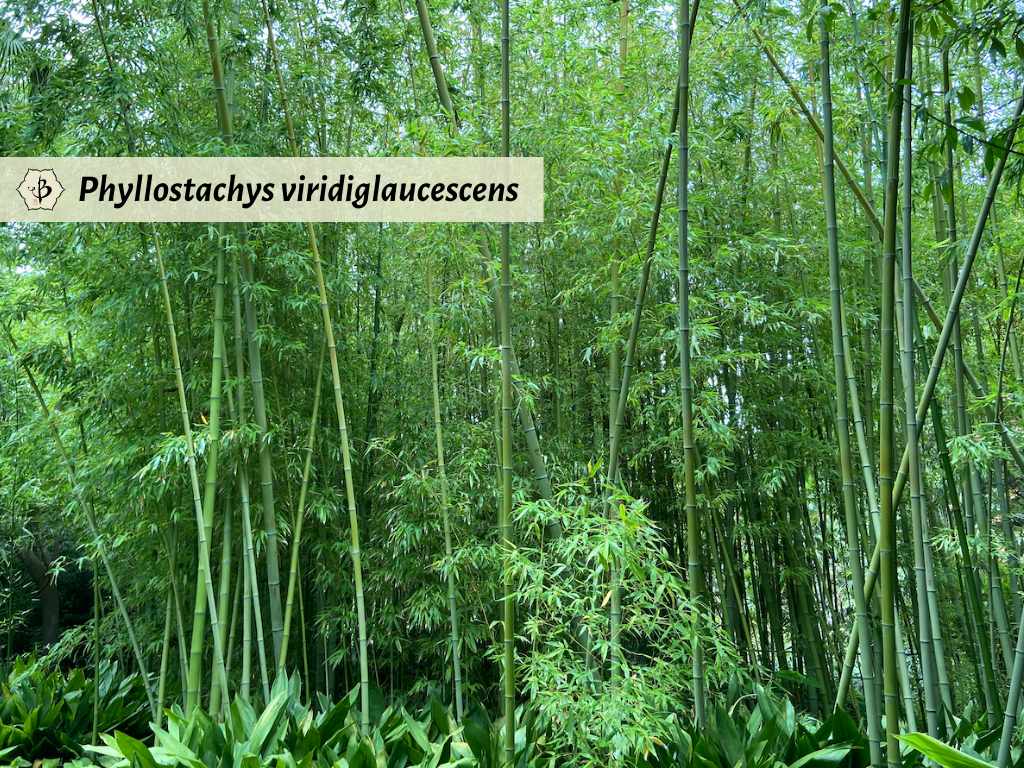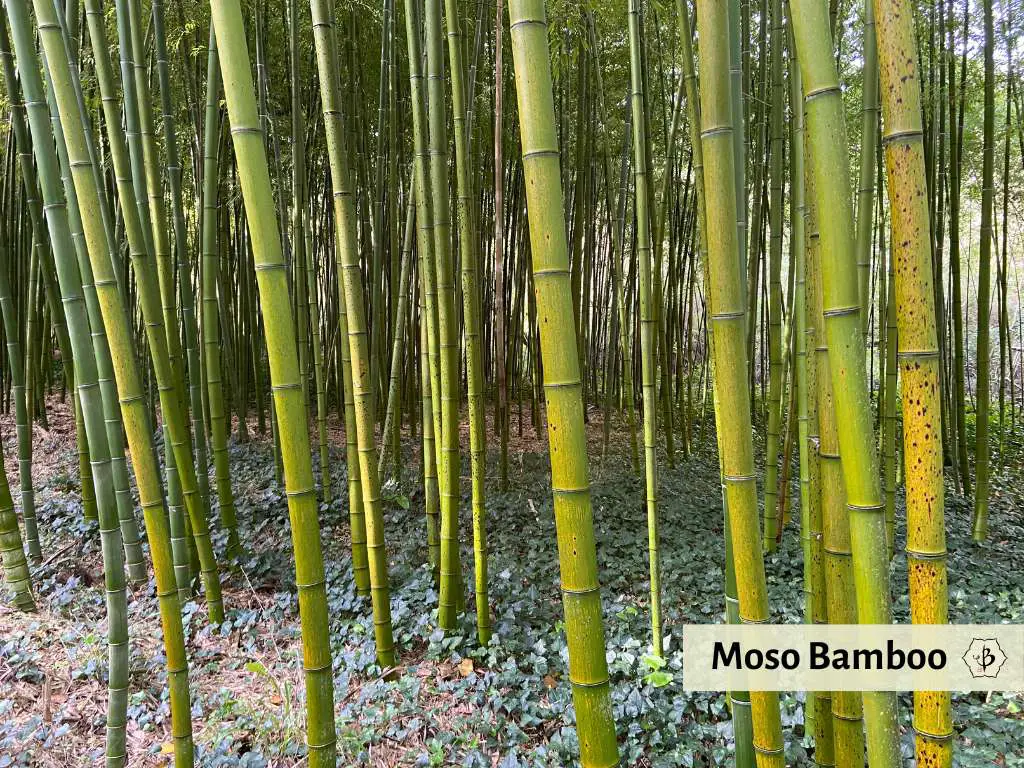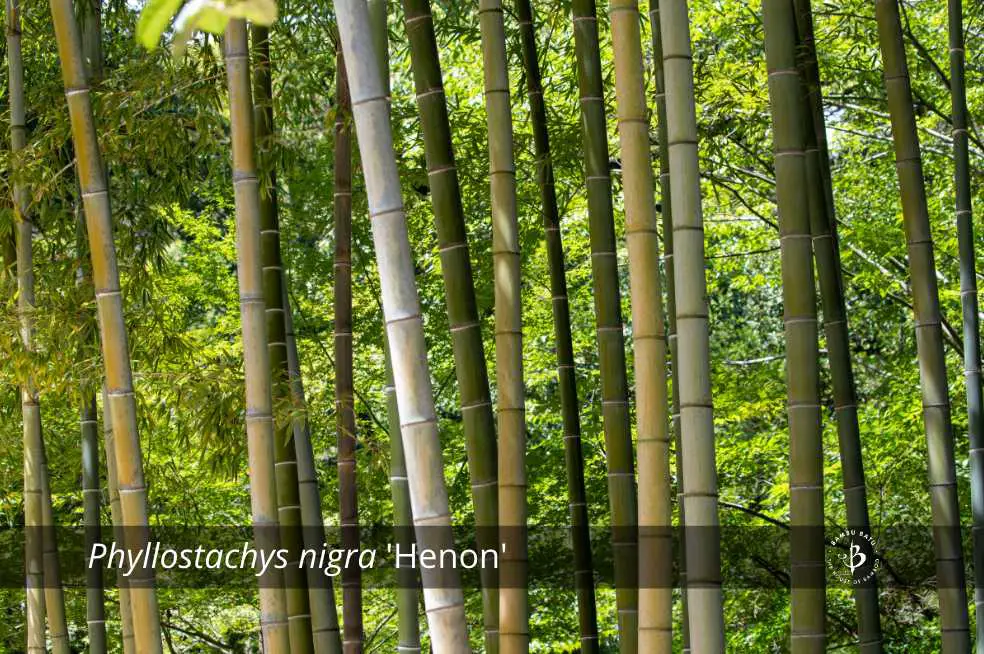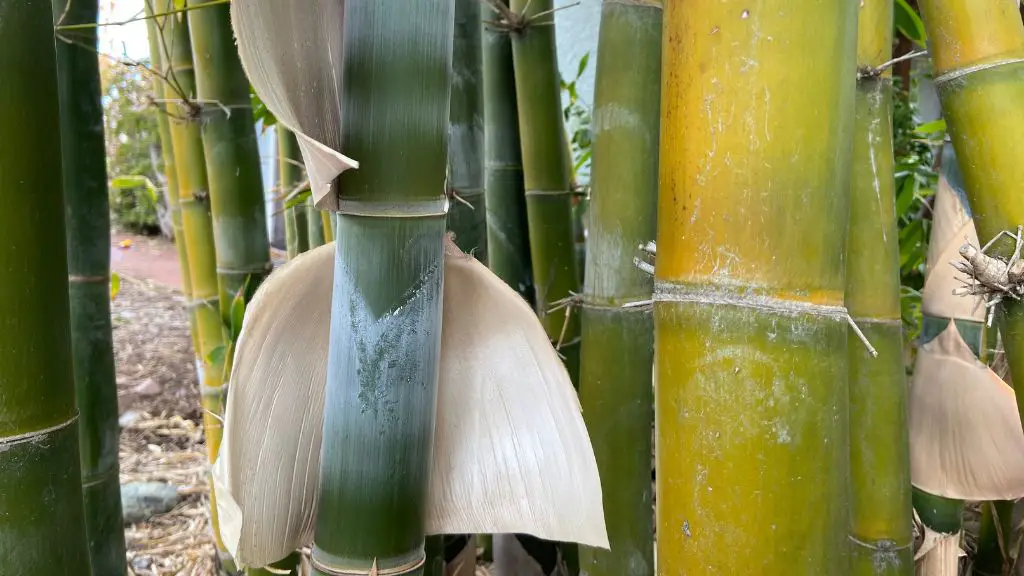Bamboo comes in all shapes and sizes, from string beans to skyscrapers. And it grows around the world, from the slopes of the Andes to the jungles of Madagascar. So before you transplant a pot of bamboo into your backyard, you need a firm understanding of your growing conditions and your desired outcomes. In North America, most gardeners require a temperate bamboo that can withstand some amount of freezing in the winter. But many enthusiasts also want a giant timber bamboo, the kind they see on postcards from Bali. Is it possible to have both?
While most of the giant timber bamboos are tropical in origin, numerous species of temperate timber bamboo can tolerate ice and snow. The best option will be one of several large species of Phyllostachys, whose poles can grow more than 50 feet tall and 4 to 5 inches in diameter. These are running bamboos, with vigorous root systems, but not necessarily invasive. They are primarily native to China, Japan and Indochina, and they are especially cold-hardy. Most of them can survive temperatures at least as low as 0º F with little or no frost damage, though they won’t grow quite as tall and thick as they do in their native habitats.
NOTE: This article first appeared in February 2021, most recently updated in May 2024.

Tropical and temperate bamboo characteristics
The bamboo subfamily of grasses includes something like 1,500 distinct species. But we like to divide them into two categories, running bamboo and clumping bamboo. Running bamboos have aggressive rhizome roots (monopodial or leptomorph), which like to extend outwards, spreading far and wide. Clumping bamboos, as you’d guess, remain far more compact, with rhizome roots (sympodial, pachymorph) that bend upwards and sprout close to the main plant.
Naturally, some bamboo varieties can fall into a kind of gray area. But, for the most part, this system of differentiation is very useful and reliable. In most cases, clumping bamboos are tropical bamboos. Sometimes the terms are even used interchangeably. Temperate, cold-hardy bamboos, by contrast, are usually runners. Of course, there are some exceptions, like the genus Fargesia, which are clumping bamboos and extremely cold tolerant. (Check out our detailed article on Bamboos for snowy climates to learn more.)
Another generalization we can make is that giant timber bamboos are usually tropical. Indeed, the largest varieties of bamboo, including genera like Dendrocalamus and Guadua, are strictly tropical and will not grow well in most of North America. But don’t despair. You can definitely find temperate species of timber bamboo as well.
The genus Phyllostachys includes some of the most adaptable and widespread types of bamboo in the world. They are absolutely runners, and they are undoubtedly cold hardy. And among the 50 or so species, there are at least four important varieties of timber bamboo.
It’s important to note that temperate bamboos have thinner culm walls than tropical varieties, so the poles eventually get cracks and splits once they’ve been harvested and dried. So tropical timber bamboo is superior for construction. But as ornamentals, these temperate bamboos can be just as impressive.

Best species of temperate timber bamboo
The largest and most adaptable species of temperate bamboo belong to the genus Phyllostachys. If you want to grow timber bamboo in a northerly climate with snowy, freezing winters, consider any of the following species. As with any running bamboo, you should use a root barrier before planting these varieties. Freezing winters, however, will help to stop these big bamboos from becoming overly invasive.
Phyllostachys bambusoides
Also known as Giant Japanese timber bamboo or Madake, this is one of the most adaptable and useful species of big bamboo. They grow in a wide range of climates, and their thick culm walls probably make them the best Phyllostachys for building. Smooth, beautiful culms can get 50-70 feet tall, depending on conditions, with a culm diameter of up to 5″. Yes, they’re runners, but not terribly aggressive, especially where cold winters are able to curb their spread. Slower growing than other members of the genus, but among the most impressive in size, they can provide privacy all the way up to the second and third story windows. Cold hardy down to 0º F, but they grow larger in warmer climates. They seem to do best in zones 7 and 8.

Phyllostachys edulis
Better known as Moso, this is probably the most economically important bamboo species in the world. Moso is the source of raw material for all bamboo textiles, bamboo flooring and laminated bamboo kitchen wares. In its native China, this timber variety can exceed 100 feet in height. But outside of Asia, it does not grow quite as well. Farmers in Florida and the Deep South are attempting to cultivate Moso, but it can be a difficult breed to establish. It remains unclear how viable it is for commercial farming in the states. Also, it prefers the southeastern part of the country and is not really a suitable option west of the Mississippi.
In addition to its commercial and industrial applications, P. edulis is also a popular species for eating, as the name might suggest. The young, tender shoots, when properly prepared, can be nutritious and delicious. The cultivar, ‘Heterocycla’, better known as Tortoise Shell Bamboo, is a highly prized specimen for its beautifully shaped culms.

Phyllostachys nigra ‘Henon’
Commonly known as Giant Gray or simply ‘Henon’, this is a towering cultivar and possibly the original species of Black Bamboo. Unlike the typical P. nigra, this variety has beautiful, greenish-gray culms that can get up to 50 or 60 feet tall and more than 4 inches thick, but typically not as thick as bambusoides or vivax. It’s especially popular on the West Coast, where it performs much better than Moso and Madake. An excellent choice in the Pacific Northwest, it’s cold hardy to -5º or -10º F.

Phyllostachys vivax
Chinese timber bamboo, as it’s often called, has been growing in North America for a long time, and remains a popular species. Also known simply as Vivax, it can grow to 50 feet tall with a culm diameter of 4 to 5 inches. But although their size is most impressive, the culms have thinner walls and are not particularly good for building. Still, the towering stature makes for a stunning and beautiful specimen plant. Among the bigger varieties of Phyllostachys, these will achieve the widest girth. When the culms get very large, more than 5 inches, you’ll start to see some slight zigzags, another feature making them less than ideal for construction. Vivax are also cold hardy down to 0º F, but they won’t grow quite so large in climates with harsh winters.

Timber bamboo for mild climates
Bambusa is a genus of tropical bamboo with great variety and tremendous distribution. Most species require tropical or subtropical conditions to thrive, but some varieties of Bambusa can tolerate a bit colder temperatures. Oldhamii is considered hardy to about 20º F. Tropical varieties like this also tend to have thicker culm walls, making the poles better for construction and less prone to cracking.

Bambusa oldhamii
Sometimes called Giant Timber Bamboo or just Oldham’s, this is one of the most popular bamboo varieties in all of North America, especially in the milder climates. More versatile than most other timber bamboos of this genus, Oldham’s is cold hardy to about 20º F. Mature groves can get 50-60 feet tall, with 4-inch thick culms. The majestic, upright culms have a rich yellow color. These plants make for beautiful specimens and centerpieces, because of their compact, clumping footprint. But their great height also makes them very effective as privacy screens.
Further reading
If you enjoyed this article about temperate timber bamboo, please consider sharing it and subscribing to our blog. You might also find some of the following articles helpful and informative.





















Any thoughts about sustainable timber production in Creston, BC??
Yes, I think Henon, Madake and rubromarginata are all worth trying up there. There’s demand for bamboo building materials, bamboo shoots and biomass fuel everywhere. And by the time your groves are mature (5-7 years), the demand will only be greater.